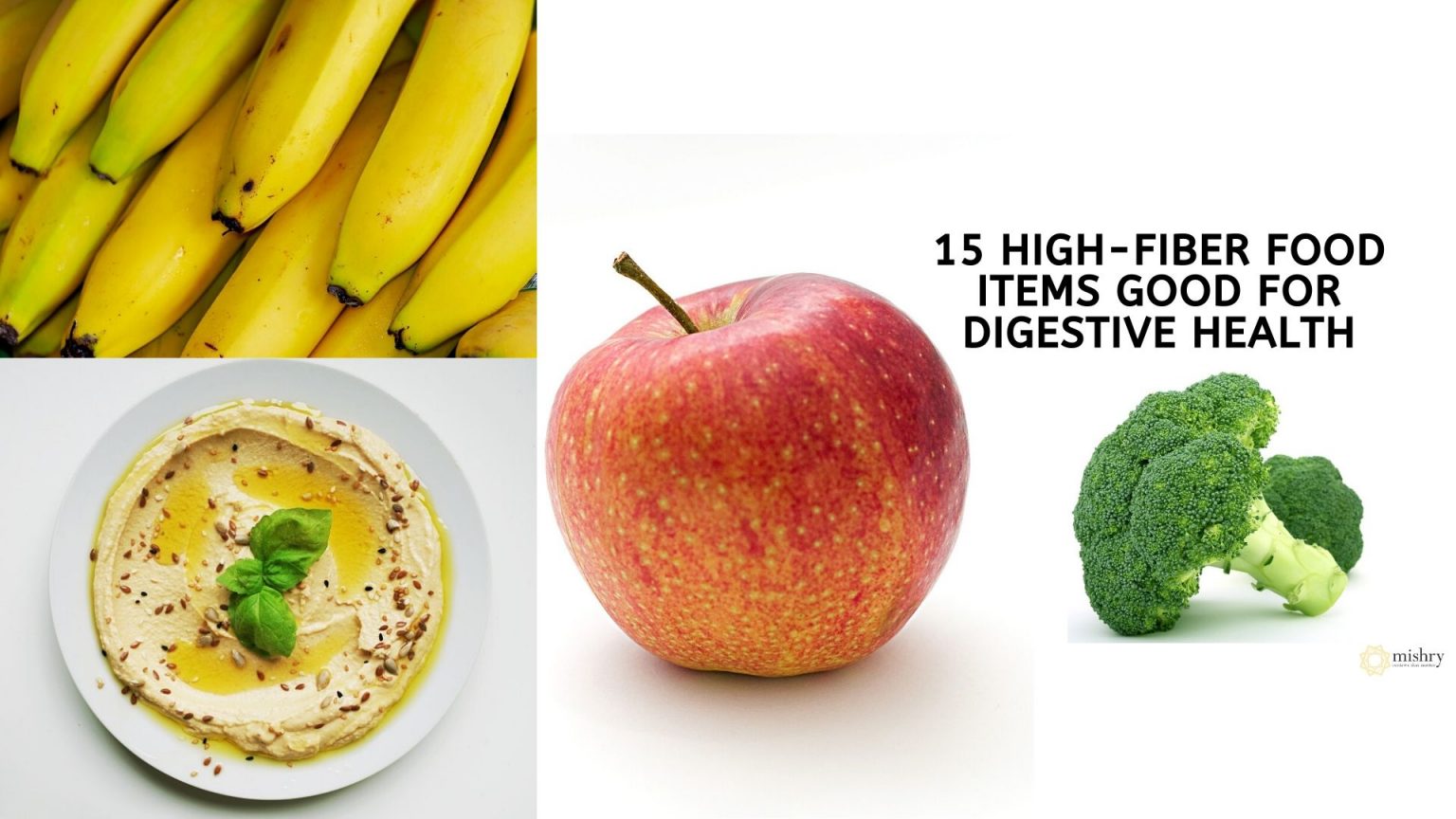High-Fiber Food for Digestive Health

What is Fiber?
Fiber is a type of carbohydrate that comes from plants. Unlike other carbohydrates, fiber isn't broken down by the body and absorbed as sugar. Instead, it passes through your digestive system largely intact. There are two types of fiber: soluble and insoluble.
Soluble Fiber
Soluble fiber dissolves in water to form a gel-like substance. This type of fiber can help lower your cholesterol levels and regulate blood sugar. Good sources of soluble fiber include:
- Oats
- Beans
- Apples
- Blueberries
- Carrots
Insoluble Fiber
Insoluble fiber doesn't dissolve in water, but it does absorb water as it moves through your digestive system. This type of fiber can help prevent constipation and keep you regular. Good sources of insoluble fiber include:
- Whole grains
- Nuts and seeds
- Cauliflower
- Broccoli
- Green beans
Benefits of High-Fiber Foods
Adding high-fiber foods to your diet can have many benefits for your digestive health, including:
- Regulating bowel movements
- Preventing constipation
- Lowering your risk of colon cancer
- Reducing inflammation in the gut
- Improving gut bacteria balance
How to Add More Fiber to Your Diet
If you're not used to eating a lot of fiber, it's important to add it to your diet gradually to avoid digestive discomfort. Here are some tips for adding more fiber to your diet:
- Start your day with a high-fiber breakfast like oatmeal or whole grain toast with avocado.
- Add beans or lentils to soups, stews, and salads.
- Snack on fruits and vegetables like apples, pears, carrots, and celery.
- Choose whole grain bread, pasta, and rice instead of refined versions.
- Eat nuts and seeds as a snack or add them to smoothies and salads.
Pros and Cons of High-Fiber Foods
Like any food, high-fiber foods have their pros and cons. Here are some of the benefits and drawbacks of adding more fiber to your diet:
Pros
- Can improve digestive health
- May lower cholesterol and blood sugar
- Can help with weight management
- May reduce risk of colon cancer
Cons
- Can cause digestive discomfort if added too quickly
- May interfere with nutrient absorption if consumed in excess
- May cause gas and bloating in some people
FAQ
Q: How much fiber should I be eating?
A: The recommended daily intake of fiber is 25 grams for women and 38 grams for men.
Q: Can fiber supplements replace the need for high-fiber foods?
A: While fiber supplements can be helpful for some people, it's generally better to get your fiber from whole foods as they contain other important nutrients.
Q: Can I eat too much fiber?
A: Yes, consuming too much fiber can cause digestive discomfort and interfere with nutrient absorption.
Q: Can high-fiber foods help with weight loss?
A: Yes, high-fiber foods can help you feel fuller for longer and may reduce calorie intake, leading to weight loss.
Conclusion
Adding high-fiber foods to your diet is a great way to improve your digestive health and reduce your risk of colon cancer. Start by adding a few fiber-rich foods to your meals and gradually increase your intake over time. Remember to drink plenty of water to help the fiber move through your digestive system smoothly. With a little effort, you can enjoy the many benefits of a high-fiber diet.
